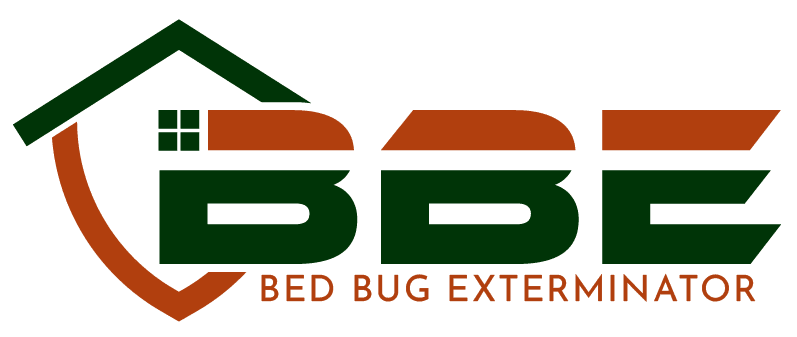As a home or business owner in Florida, few things can be more distressing than having a bed bug problem. While bed bugs might not damage your property or spread forms of illness, they bring both physical and psychological risks. The impact of knowing you could be bitten as you sleep is not something that we can easily ignore. If you suspect you have bed bugs, they need to be identified.
To help differentiate between bed bugs and other pests in Florida, we want to run through a few things with you. Most importantly, what do bed bugs look like? Given we have fought bed bugs for years, we know how to check for bed bugs and identify them by their methods and actions.
Let us help you identify your bed bug problems so you know what to look out for. If you have a bed bug problem in Florida, you can contact us for immediate relief.







